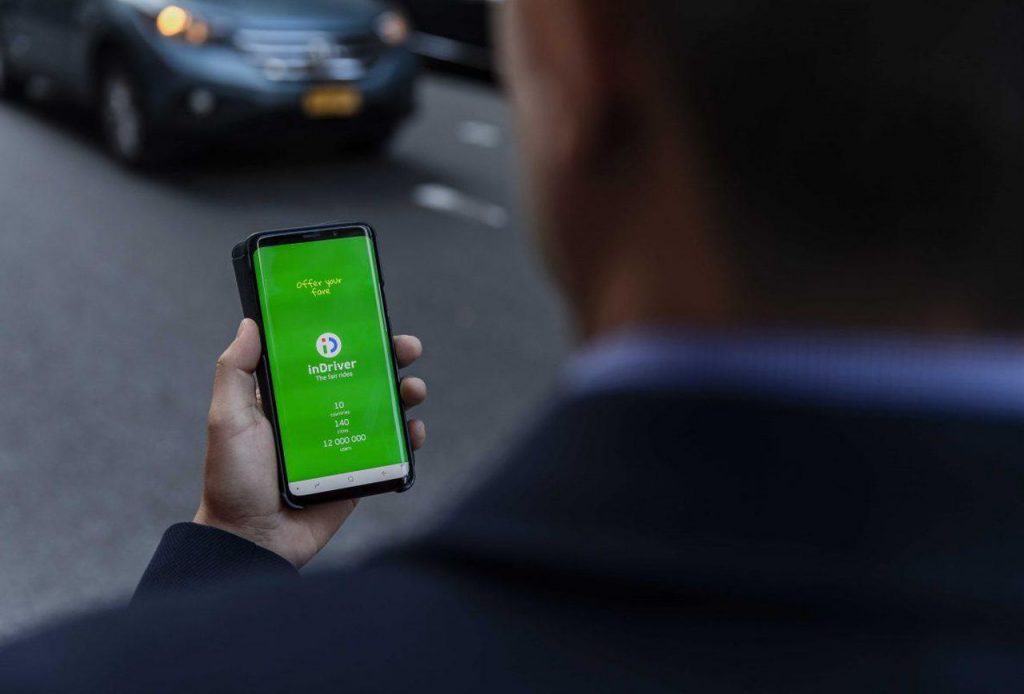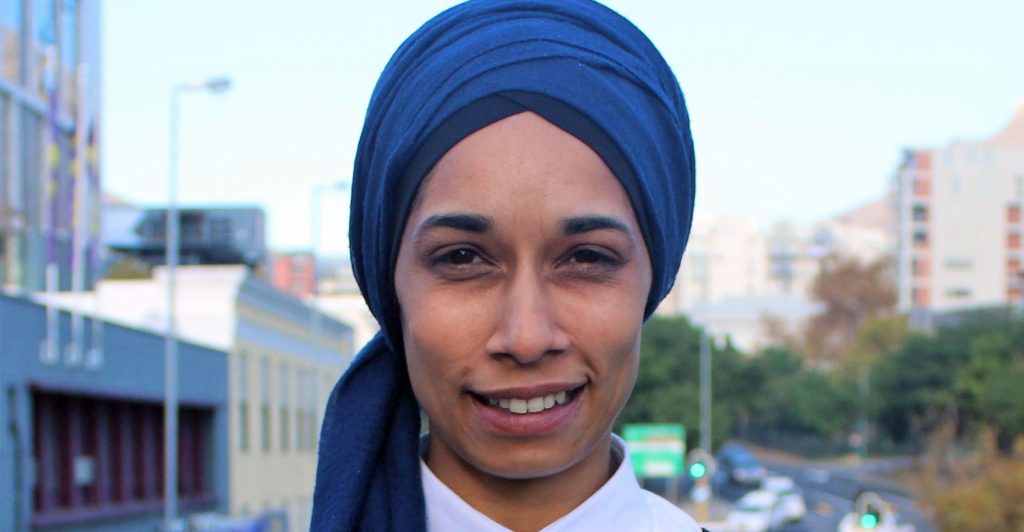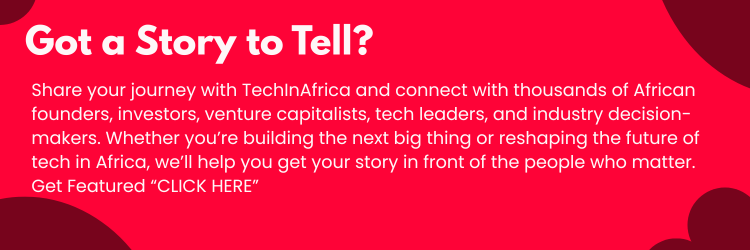TechInAfrica – The ride-hailing app, inDriver, has successfully expanded its services to 10 additional cities in Africa, including cities in South Africa, Tanzania, Kenya, Uganda, and Nigeria. Recently, the company has expanded to three cities in South Africa, including Durban, Port Elizabeth, and Pretoria with more than 1,000 new drivers registered in each city.
inDriver was launched earlier this year in two South African big cities: Cape Town and Johannesburg. The ride-hailing app allows passengers to use the service by setting their own fare for the journey. The closest drivers will receive the notice of ride request and have three options: accept the fare offered, ignore the offer, and bargain for a higher price. Once both the driver and passenger agree on the price, the trip will be made.

“We designed the app to combat algorithms used by other ride-hailing companies, which rack up prices because of peak hours, traffic and request history,” said Rifqa Carr, inDriver’s spokesperson.
“Passengers using the app pay on average 20% to 30% less than with other services. We do have a fare minimum, which is region-specific, but the final fare is set by both rider and driver in a real-time negotiation.”
inDriver was launched in Yakutsk, Russia in 2012. By far, the service is used by more than 32 million people in 300 cities across 26 countries worldwide. After six years of operation, inDriver claims to be the top five of ride-sharing and taxi apps downloaded globally.

According to the company, the app doesn’t automatically assign drivers to passengers. “Drivers have the freedom to choose whichever ride request they like, without any risk of being penalized. They’re also able to see the full fare, from point A to point B, and can then decide if they want to accept the request or not,” Carr explained how it works.
Carr said that once the fare is set, passengers will choose a driver who is the most suitable for them in terms of affordability, rating, estimated time of arrival, and vehicle model.
The app also has a safety button that allows both parties to call emergency numbers. In addition, they can also share their live GPS locations with trusted contacts once they start the trip.
Source: itnewsafrica.com and itweb.co.za




